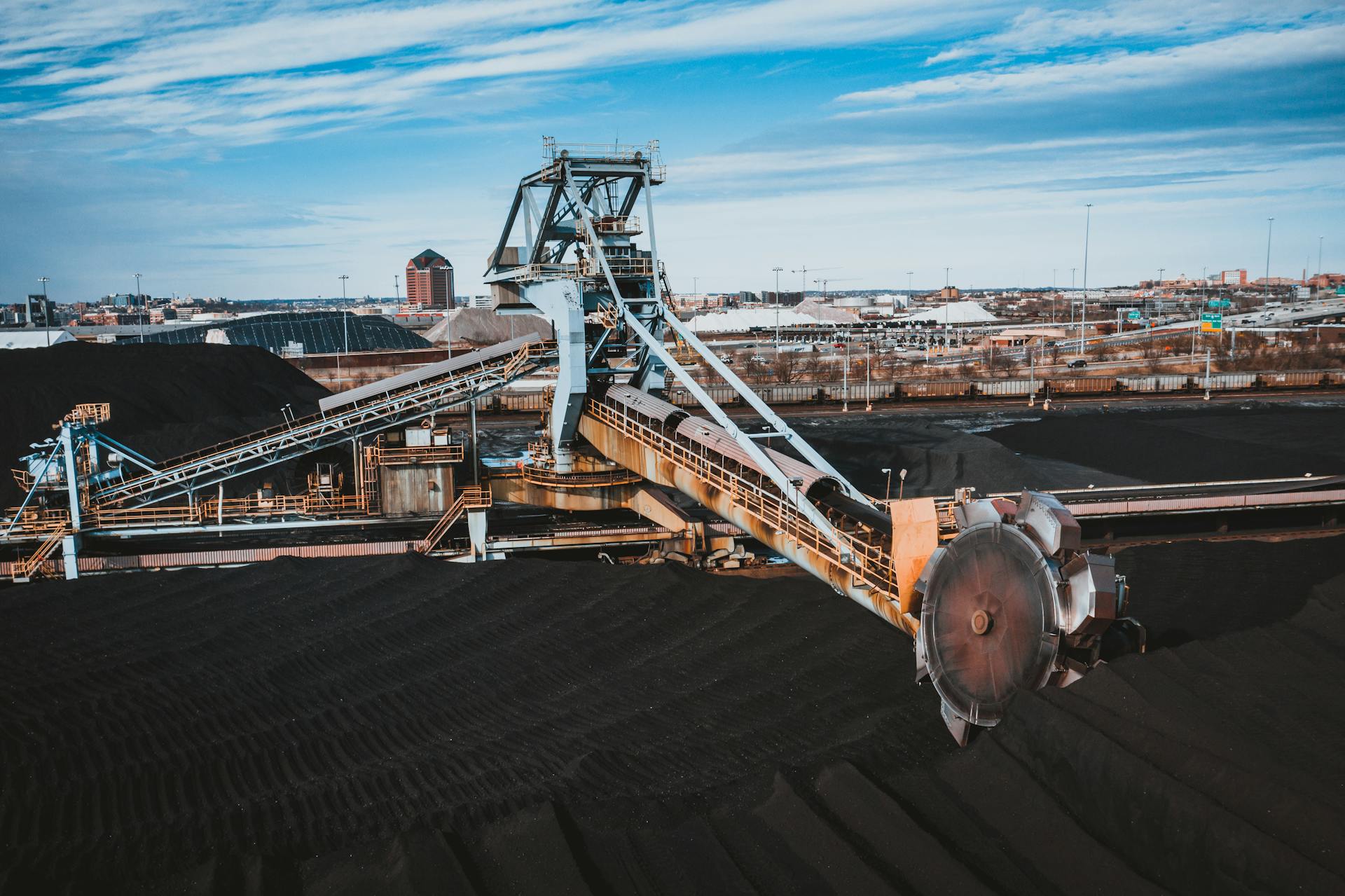Differences between Renewable and Nonrenewable Energy
Ever flick a switch and wonder where that electricity comes from? These days the distinguishing factor is whether it was produced by fossil fuels or clean energy sources. Examples of clean energy are sunshine, wind, rushing rivers, and even the heat beneath our feet! So what exactly is the difference between renewable and nonrenewable energy sources?
Key Takeaways:
- Renewable vs. Nonrenewable: Renewables are naturally replenished, while nonrenewables are finite resources that take many years to form.
- Sustainability Matters: Transitioning to renewables combats “climate change” and ensures energy security for future generations.
- Beyond the Obvious: From geothermal to bioenergy, there’s a diverse spectrum of renewable energy options.
- The Future is Bright: Technological advancements are making renewables more efficient and cost-effective.
- Join the Movement: Even small changes can contribute to a cleaner and more sustainable energy future.
The Finite vs. The Everlasting: Understanding the Core Difference
Imagine a magic well that refills itself – that’s the essence of a renewable energy source. Sunlight, wind, moving water (hydropower), and geothermal heat constantly renew themselves, thanks to natural processes. In contrast, nonrenewable sources like coal, oil, and natural gas take millions of years to form from fossilized plants and animals. Once extracted and used, they’re depleted forever.
The Burning Issue: Why Renewable Energy Matters
Our reliance on fossil fuels comes at a steep cost. Scientists believe burning them releases greenhouse gases, trapping heat in the atmosphere and causing “climate change”. This in turn disrupts weather patterns, raises sea levels, and threatens ecosystems.

Renewable energy offers a cleaner alternative. It produces little to no greenhouse gas emissions, making it crucial for mitigating climate change and ensuring a sustainable future for our planet. Plus, unlike fossil fuels with dwindling reserves, renewables are here to stay!
Beyond Sun and Wind: Unveiling the Spectrum of Renewable Energy
Solar and wind power are the rockstars of renewables, but the stage is much bigger! Let’s explore some fascinating options:
- Geothermal Energy: Imagine harnessing the Earth’s internal heat! Geothermal power plants tap into this heat source to generate electricity. Think volcanic regions like Iceland, or even underground hot springs!
- Bioenergy: Got leftover plant matter or food waste? Bioenergy uses these organic materials to produce biogas or biofuels, powering vehicles and generating electricity.
- Hydropower: The power of moving water has been harnessed for centuries. Hydroelectric dams convert the energy of falling water into electricity. While large dams can have environmental impacts, smaller-scale hydropower projects offer a sustainable option.
- Ocean Energy: The power of waves, tides, and even ocean currents can be harnessed to generate electricity. While still in its early stages, ocean energy holds immense potential.
The Future is Bright: Technological Advancements Light the Way
The beauty of renewable energy is that it’s constantly evolving. Technological breakthroughs are making renewable sources more efficient and cost-effective. Solar panels are capturing sunlight more effectively, wind turbines are becoming more powerful, and energy storage solutions are improving. As the technology matures, renewable energy becomes an increasingly viable alternative to fossil fuels.
Join the Movement: Small Steps Towards a Sustainable Future
Even if you can’t install solar panels on your roof today, there are ways to contribute to a cleaner energy future:
- Support Businesses with Green Practices: Choose companies that prioritize renewable energy sources.
- Embrace Energy Efficiency: Simple actions like switching off lights, using energy-efficient appliances, and opting for public transport can significantly reduce your energy footprint.
- Spread the Word: The more people who understand the benefits of renewables, the faster we can transition to a sustainable future.
Let’s Talk Renewables: Your Burning Questions Answered
Q: Are renewables reliable enough to power our entire energy grid?
A: While weather can affect some renewable sources like solar and wind, advancements in grid management and energy storage are making renewable energy a more reliable option. Combining different renewable sources can also help balance out fluctuations. Stable power sources are required for baseload power production, our article explains more about baseloads.
Q: Are renewables expensive?
A: The cost of renewable energy technologies has been falling dramatically in recent years. While upfront costs may be higher in some cases, the long-term savings on fuel and the environmental benefits make renewables a worthwhile investment.
Q: How can I get involved in the renewable energy sector?
A: There are many exciting career opportunities in the renewable energy industry, from engineering and research to policy and education.
Sources:
Nonrenewable Resources – National Geographic


Leave a Reply